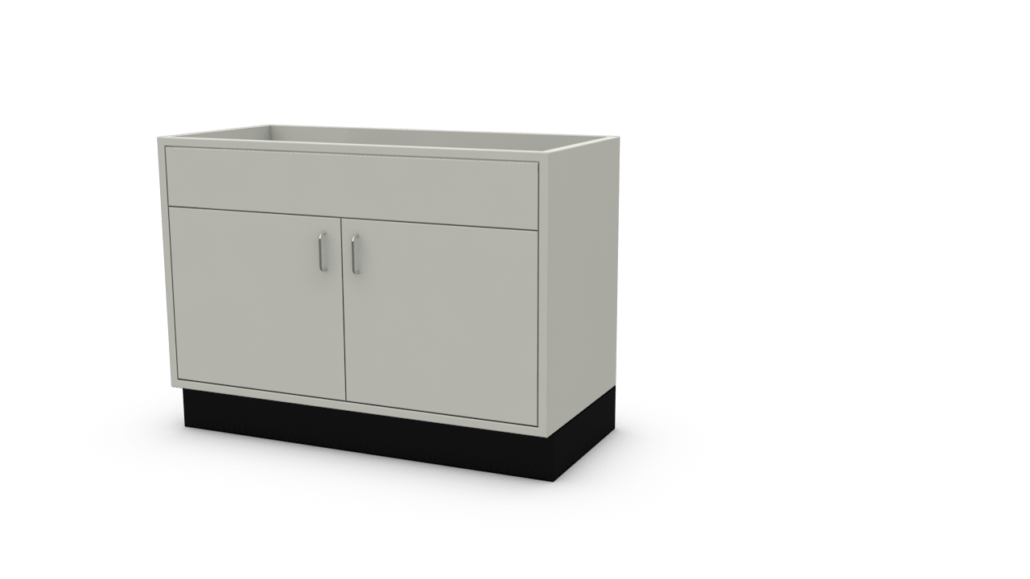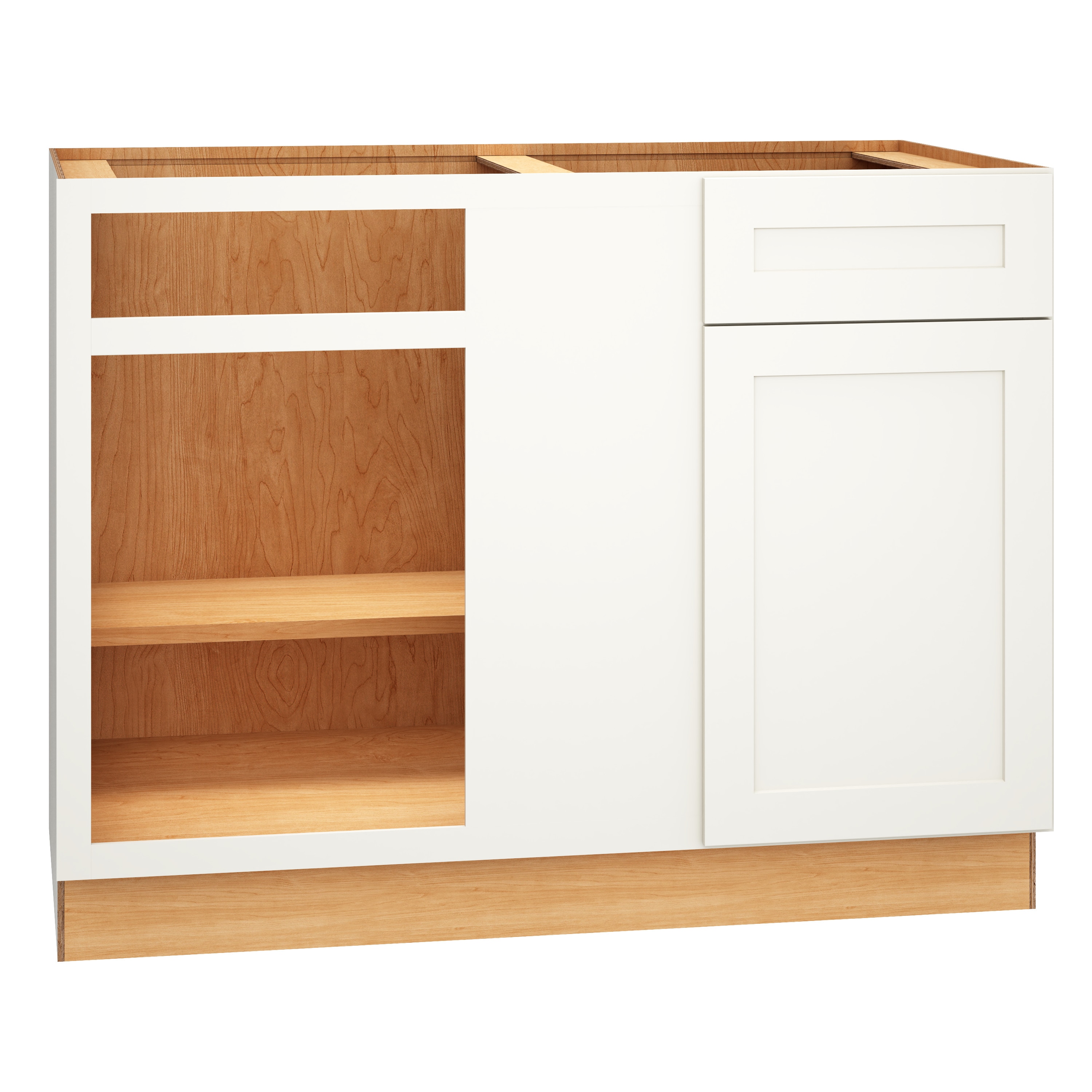Understanding 48 Inch Wall Cabinets

48-inch wall cabinets are a common and versatile storage solution found in various rooms of a house. They offer ample storage space and can be customized to suit different needs and aesthetics. Understanding the different types, materials, and uses of these cabinets can help you make informed decisions for your home improvement projects.
Types of 48 Inch Wall Cabinets
Wall cabinets come in various styles and configurations, each designed for specific purposes.
- Base Cabinets: These cabinets are typically placed on the floor and are used for storing heavier items like pots, pans, and appliances. They often have drawers and shelves for organization.
- Upper Cabinets: These cabinets are mounted above the countertop and are ideal for storing lighter items like dishes, glasses, and food. They can be open or closed with doors.
- Vanity Cabinets: These cabinets are specifically designed for bathrooms and typically include a sink and countertop. They offer storage for toiletries, towels, and other bathroom essentials.
Materials Used for 48 Inch Wall Cabinets
The materials used for wall cabinets can significantly impact their durability, aesthetics, and cost.
- Wood: Wood is a popular choice for wall cabinets due to its natural beauty, durability, and versatility. It can be stained or painted to match any décor. Common wood types used for cabinets include oak, maple, cherry, and pine.
- Metal: Metal cabinets offer a modern and sleek look. They are typically made from aluminum or steel and are known for their durability and resistance to moisture and scratches. However, they can be prone to dents and scratches.
- Laminate: Laminate cabinets are a cost-effective option that offers a variety of colors and finishes. They are made by layering paper or plastic over a core material like particleboard or plywood. Laminate is resistant to scratches, stains, and moisture, making it suitable for high-traffic areas.
Benefits and Drawbacks of Different Materials
Each material used for wall cabinets comes with its own advantages and disadvantages.
- Wood:
- Benefits: Natural beauty, durability, can be stained or painted to match any décor, easy to repair.
- Drawbacks: More expensive than other materials, susceptible to scratches and dents, requires regular maintenance.
- Metal:
- Benefits: Modern and sleek look, durable, resistant to moisture and scratches, easy to clean.
- Drawbacks: Can be prone to dents and scratches, can be noisy when opened and closed.
- Laminate:
- Benefits: Cost-effective, variety of colors and finishes, resistant to scratches, stains, and moisture, easy to clean.
- Drawbacks: Not as durable as wood or metal, can be prone to chipping, can be difficult to repair.
Common Uses for 48 Inch Wall Cabinets
48-inch wall cabinets are widely used in various rooms throughout a home.
- Kitchen: Upper cabinets are used for storing dishes, glasses, and other kitchenware. Base cabinets are used for storing pots, pans, and appliances.
- Bathroom: Vanity cabinets provide storage for toiletries, towels, and other bathroom essentials. Wall cabinets can also be used to store extra linens and medications.
- Living Room: Wall cabinets can be used to display books, decorative items, or electronics. They can also be used to create a more organized and functional space.
- Office: Wall cabinets can be used to store office supplies, files, and other work-related items. They can also be used to create a more organized and efficient workspace.
Choosing the Right 48 Inch Wall Cabinet

Selecting the perfect 48-inch wall cabinet involves careful consideration of several factors to ensure it seamlessly blends with your kitchen’s design, meets your storage needs, and complements your budget. This guide will walk you through the key considerations to help you make an informed decision.
Factors to Consider When Choosing a 48 Inch Wall Cabinet
| Cabinet Style | Material | Finish | Features |
|---|---|---|---|
| Shaker | Wood | Painted | Soft-close doors, adjustable shelves |
| Modern | Metal | Stained | Integrated lighting, pull-out drawers |
| Traditional | Laminate | Natural | Decorative hardware, glass doors |
Measuring the Space for a 48 Inch Wall Cabinet
Before purchasing a 48-inch wall cabinet, it is crucial to measure the space where you intend to install it accurately. This ensures a perfect fit and avoids any surprises during installation. Here are some tips for measuring:
- Measure the width of the space where you want to install the cabinet. Make sure to account for any obstructions, such as pipes or electrical outlets.
- Measure the height of the space. Consider the height of your countertops and the desired distance between the top of the cabinet and the ceiling.
- Measure the depth of the space. Ensure that the cabinet’s depth will fit comfortably without protruding into the walkway or other areas.
- Consider the distance between the wall cabinet and the countertop. Ensure enough space for comfortable access and functionality.
Weight Capacity of a 48 Inch Wall Cabinet
The weight capacity of a 48-inch wall cabinet is a crucial factor to consider, especially if you plan to store heavy items like cookware, appliances, or large serving dishes. Cabinets with lower weight capacities may not be suitable for heavy items and could lead to sagging or instability over time.
Cost of Different 48 Inch Wall Cabinets
The cost of a 48-inch wall cabinet varies depending on several factors, including the material, features, and brand.
- Material: Wood cabinets are generally more expensive than laminate or metal cabinets. Solid wood cabinets, such as those made from oak or cherry, are the most expensive, while engineered wood cabinets offer a more affordable option.
- Features: Cabinets with additional features, such as soft-close doors, adjustable shelves, or integrated lighting, will generally cost more than basic cabinets.
- Brand: Reputable brands with a history of quality craftsmanship often command higher prices.
Installing a 48 Inch Wall Cabinet

Installing a 48-inch wall cabinet can be a rewarding DIY project that enhances your home’s functionality and aesthetics. This guide provides a step-by-step process for installing a 48-inch wall cabinet, ensuring a secure and level installation.
Tools and Materials
The following tools and materials are essential for installing a 48-inch wall cabinet:
- Stud finder: This tool helps locate wall studs, which are structural supports in your walls, ensuring the cabinet is securely mounted.
- Level: A level is crucial for ensuring the cabinet is installed straight and horizontally.
- Measuring tape: Accurately measure the space where the cabinet will be installed and the dimensions of the cabinet itself.
- Pencil: Mark the wall where the cabinet will be mounted.
- Drill: Used to drill pilot holes for screws and to attach the cabinet to the wall.
- Screwdriver: For attaching the cabinet to the wall.
- Safety glasses: Protect your eyes from flying debris during drilling.
- Work gloves: Protect your hands while working with tools.
- Cabinet mounting hardware: This typically includes screws, brackets, or other fasteners specific to the cabinet model.
- Optional: Depending on the cabinet type and installation location, you might need additional tools, such as a jigsaw, a saw, or a drill bit set.
Step-by-Step Installation Guide
Installing a 48-inch wall cabinet is a straightforward process, but it’s crucial to follow these steps carefully:
- Plan the installation location: Determine the best location for the cabinet, considering factors like accessibility, proximity to electrical outlets, and overall aesthetics.
- Locate wall studs: Use a stud finder to locate the wall studs where the cabinet will be mounted. This ensures the cabinet is securely attached and doesn’t sag over time.
- Mark the wall: Use a pencil to mark the wall where the cabinet will be installed, ensuring it’s level and aligned with the studs.
- Pre-drill holes: Drill pilot holes at the marked locations on the wall. This prevents the wood from splitting when you screw in the mounting hardware.
- Attach the cabinet to the wall: Use the provided mounting hardware to attach the cabinet to the wall. Make sure the screws are fully tightened and the cabinet is securely attached.
- Level the cabinet: Use a level to ensure the cabinet is perfectly horizontal. Adjust the cabinet’s position as needed and re-tighten the screws to secure it.
- Connect plumbing or electrical systems (if applicable): If the cabinet requires plumbing or electrical connections, ensure they are installed properly and meet all safety codes.
Tips for Secure Mounting and Leveling, 48 inch wall cabinet
- Use appropriate screws: Choose screws that are long enough to penetrate through the cabinet and securely into the wall stud.
- Check for stability: After installation, gently push and pull on the cabinet to ensure it’s stable and securely attached.
- Use a level for precise alignment: Regularly check the level of the cabinet during installation to ensure it’s perfectly horizontal.
- Double-check connections: If the cabinet has plumbing or electrical connections, double-check their connections for tightness and proper sealing.
Connecting Plumbing or Electrical Systems
- Plumbing connections: If the cabinet has a sink or other plumbing fixtures, connect the plumbing lines according to the manufacturer’s instructions and local plumbing codes.
- Electrical connections: If the cabinet has electrical outlets or lighting, connect the wiring according to the manufacturer’s instructions and local electrical codes. Always ensure the power is off before working on electrical connections.
48 inch wall cabinet – A 48-inch wall cabinet offers ample storage space, but integrating appliances can be a challenge. For a seamless and stylish solution, consider incorporating an ikea wall oven cabinet into your design. This type of cabinet allows for a built-in look while providing the functionality of a dedicated oven space within the larger 48-inch cabinet framework.
A 48-inch wall cabinet offers ample storage space, ideal for dishes, glassware, or even small appliances. When considering the overall aesthetic, pairing these cabinets with a classic design, such as white cabinets and black quartz countertops , creates a timeless and elegant look.
This combination complements the functionality of the 48-inch wall cabinet, enhancing the visual appeal of the entire kitchen space.